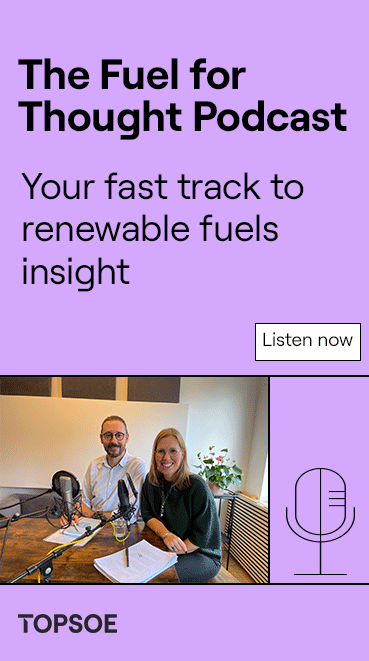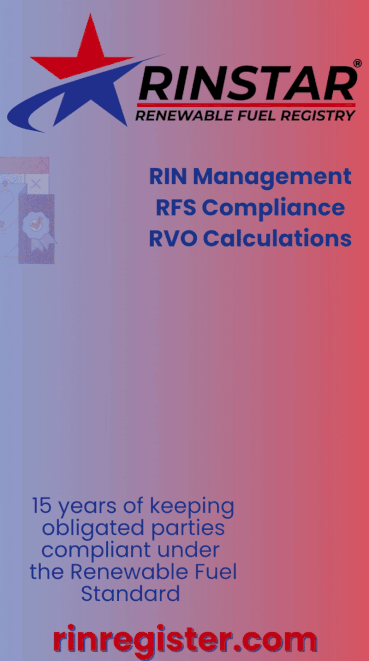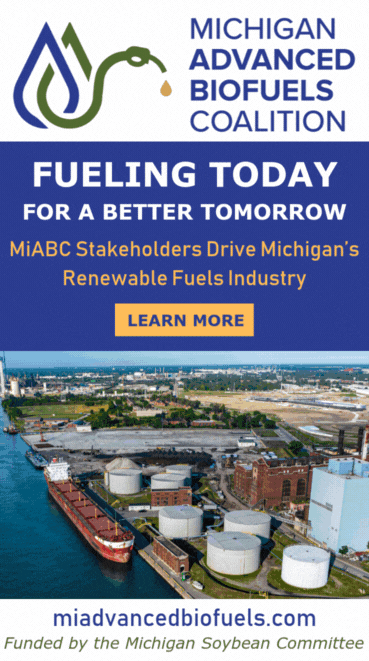Focus on UK’s sustainable aviation fuel policy
- International Air Transport Association
- May 7, 2024
- 4 min read

Lara Maughan, the International Aviation Transport Association’s area manager for U.K. and Ireland, provides the lowdown on the U.K.’s recent policy announcement on sustainable aviation fuel (SAF).
Recently the U.K. revealed a set of policy proposals to increase the use of sustainable aviation fuel (SAF) in flights from the U.K.
SAF is aviation’s most important tool to reduce carbon and is a key lever in the industry’s plans to reach net-zero CO2 emissions by 2050.

The challenge is that global SAF production last year was only about 0.5 million metric tons, and we need to get that to about 400 million tons by 2050.
It sounds incredibly ambitious, and it is, but we’ve seen similar uptake of new energy technologies in other areas, notably wind and solar.
These successes were underpinned by effective government policies to encourage investment and foster R&D.
It is this level of government support that has been mostly lacking for SAF in Europe so far.
The U.K.’s move could start to change that.
Supply push, demand pull
So far, we have seen two different regulatory approaches to SAF: a supply-side push, and a demand-led pull.
The United States has focused on the supply side through tax incentives to encourage SAF production.
The European Union has focused on demand, putting in place a mandate for SAF use of 6 percent by 2030.
Given SAF is in the early stages of market development, mandates should only be used if they are part of a broader strategy to increase production, and complemented with incentive programs that facilitate innovation, scale-up and unit-cost reduction.
Otherwise, this will create local monopolies and push the price much higher.
IATA thinks the supply-side push is more effective, and indeed, the U.S. is now the largest market for SAF.
The U.K. approach appears to be a blend of both demand and supply-side mechanisms.
Targeting volumes, emissions reductions
The U.K. has introduced under its SAF mandate a target of 2 percent SAF blending from 2025, and a greenhouse-gas (GHG) emissions-reduction target of 7 percent by 2030.
Importantly, on the supply-side, the U.K. also sees the advantages of promoting domestic SAF production.
A £135 million (USD$169.5 million) Advanced Fuels Fund supports first-of-a-kind SAF production plants through the project pipeline to reach an investment-ready stage in the U.K.
Additionally, the U.K. government has announced a consultation for a revenue-certainty mechanism that will give potential SAF producers confidence that their investments will pay off.
The government’s preferred option at this stage is “guaranteed strike price,” a version of which has been used successfully in encouraging investment in offshore wind.
How it could work is to agree a basic price for cost of SAF compared to the market price of jet fuel.
The difference is paid under a guarantee, thus giving the producer certainty of their revenue.
Revenue-certainty mechanisms are complex and not a panacea, and the devil is in the detail regarding funding mechanisms.
But airlines have been frank that there is no cost-free way to get to net-zero CO2 emissions.
Ultimately, consumers will be paying more—in the short-medium term at least—for the energy transition.
What is helpful about the U.K. government approach is that it has agreed to keep the mandate under review should prices spike to a point that would seriously affect affordability for passengers.
This is important in a world where public consent for reaching net-zero cannot be taken for granted.
Sources of SAF need a similar pragmatic approach
Another element of the U.K. approach is on SAF sources.
At present, most SAF comes from the HEFA process, which can turn almost any waste fats, oils and greases into jet fuel.
It is expected that 85 percent of SAF over the next five years will be derived from HEFA pathways.
However, IATA recognizes that there is a finite supply of such sources, especially as both the industry and regulators are determined that SAF should be fully sustainable and not contribute to any diminution of biodiversity.
This means that other SAF methods, particularly power-to-liquid (PtL), will need to come on stream.
While the industry supports PtL in principle, airlines are very concerned that a premature move to increase the PtL mandate will add unnecessary costs and delays to the general ramp up of SAF, which should be the main priority at this stage.
IATA believes that SAF policy should be technology- and feedstock-neutral at this stage, and the U.K. has partially listened to these concerns—it has a more modest PtL requirement than the EU regulation.
All in all, while no regulatory proposal is perfect, the U.K. has put the bones of a pragmatic and helpful SAF regulation in place.
The policy appears to understand the need to prioritize the scale up of SAF for aviation to achieve its sustainability targets, while simultaneously appreciating the rapidly evolving nature of the SAF ecosystem.
Every stakeholder has a role to play in sharing the costs associated with the research, incubation, project development and scale up of SAF, and this policy approach is reflective of a government that is both aware and willing to play its part in this process.
IATA looks forward to contributing to the debate and further optimizing the proposal, which aims to cut U.K. aviation CO2 emissions by some 2.7 million tons by 2030.
That is an aim we can all get on board with.


































